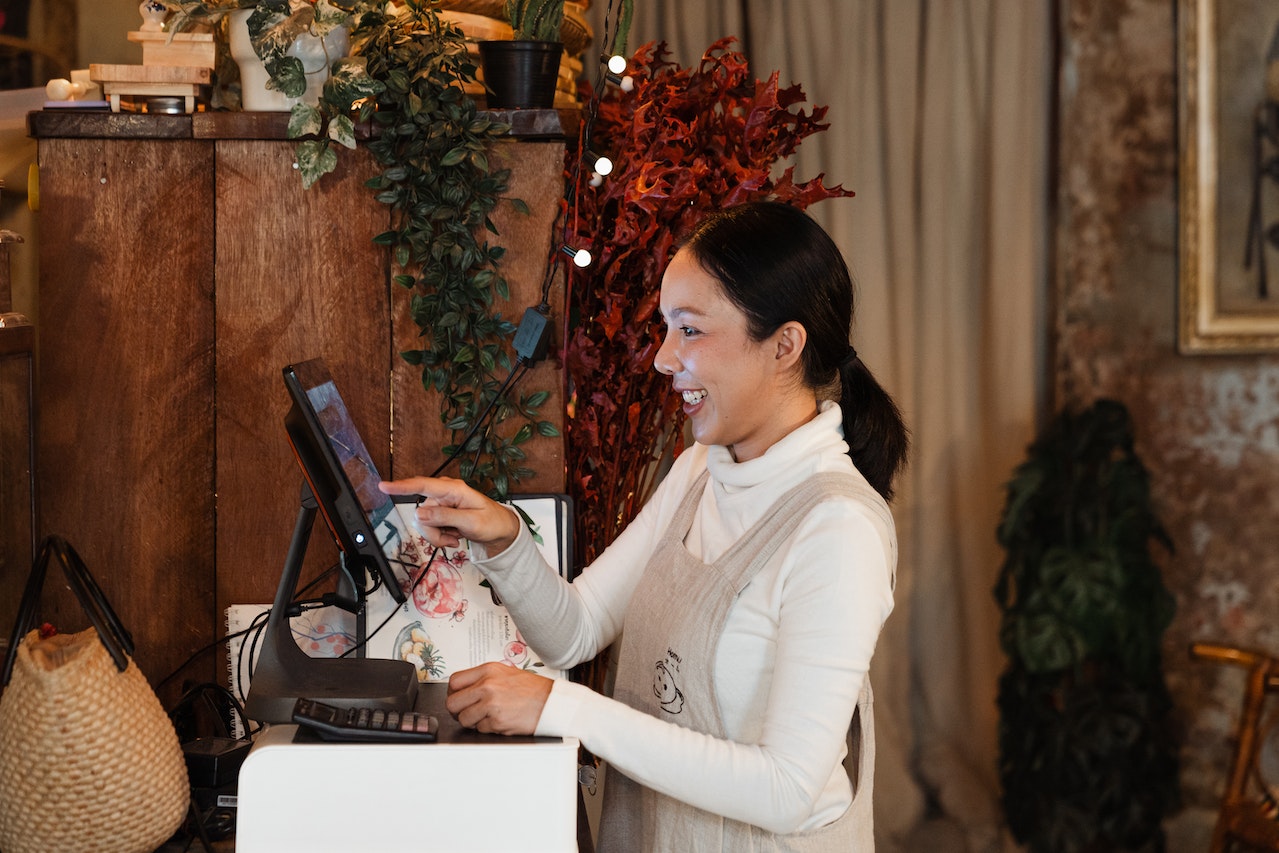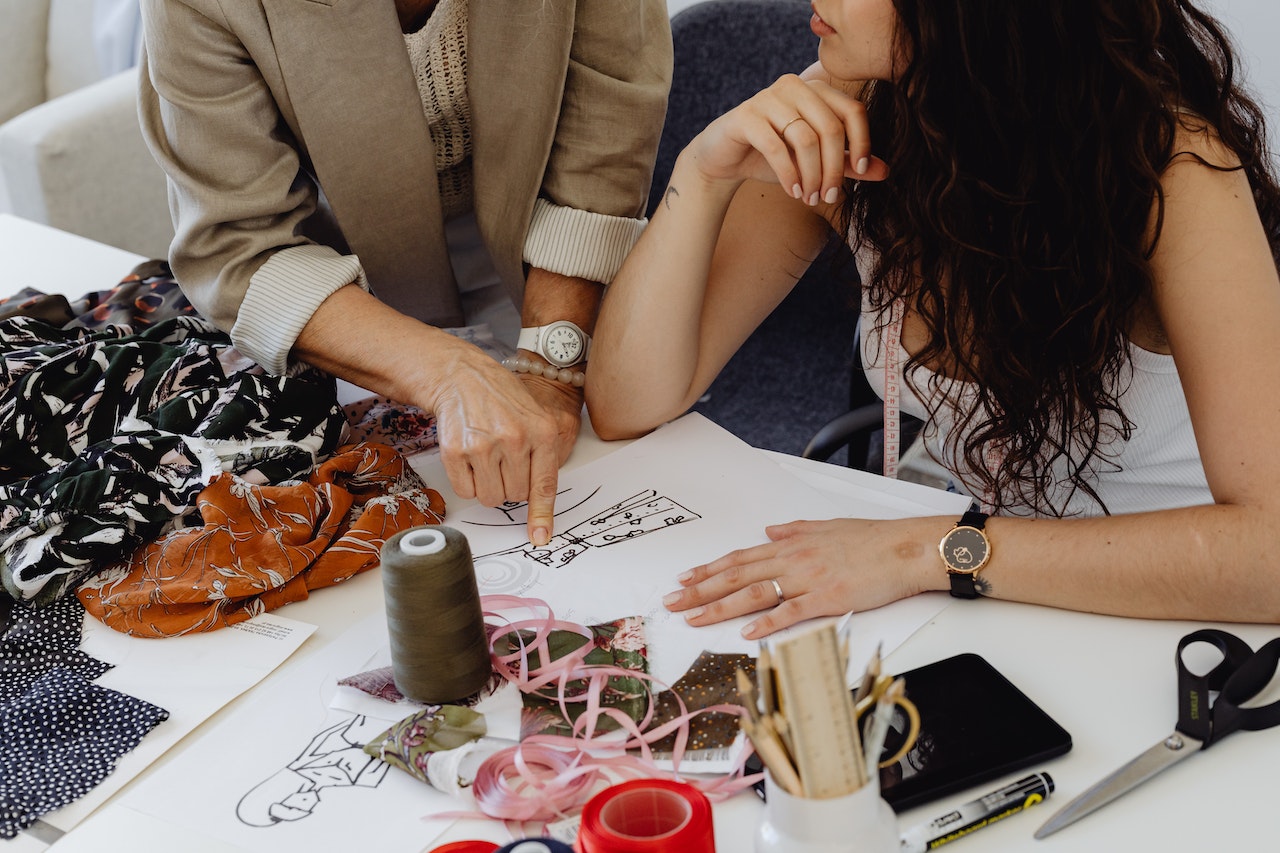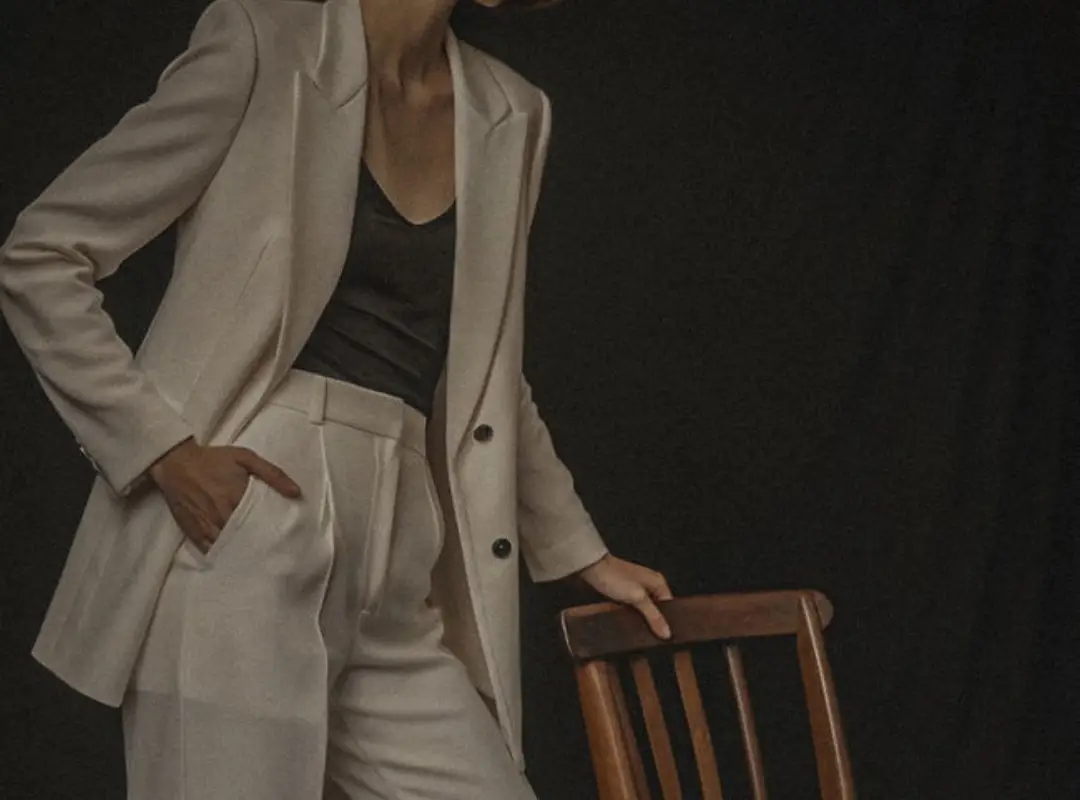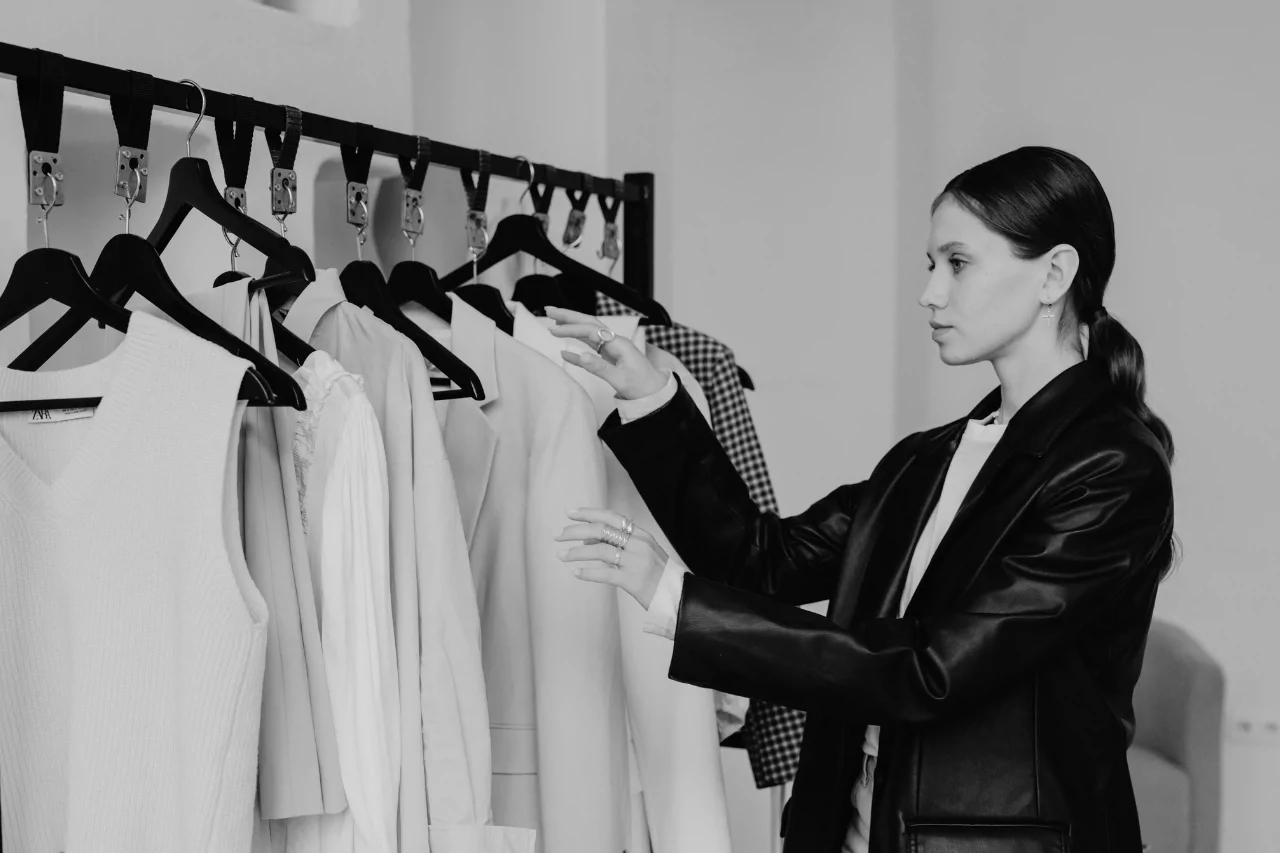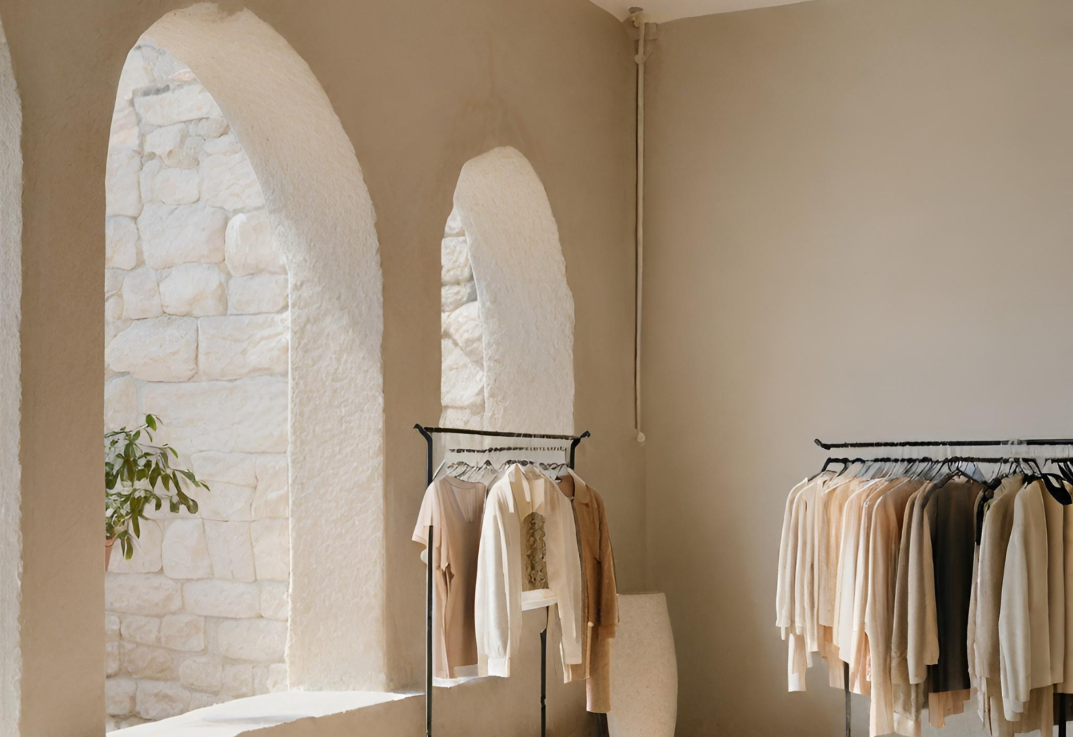
Lockdown truly catalysed the era of e-commerce when it prevented us from physical shopping. The high streets are now but a ghost of a less sedentary retail past - even one of its previous dominators, Topshop, is now completely digital after ASOS’s acquisition.
Fashion and luxury retail have therefore had to respond to such seismic change in a very short amount of time. As the BOF and McKinsey The State of Fashion Report (2021) found, the ‘primary driver of growth in the coming year will continue to be digital channels, reflecting the fact that people in many countries remain reluctant to gather in crowded environments’. What does this digitally-driven change look like? Doubly Efficient Delivery & Returns One of the most obvious drivers for change has been the requirement for faster and more effective delivery and return systems. As online demand surges, shops have been quick to offer click-and-collect services for their products. Indeed, meeting such demand is more important for brands than ever before, with shops having lost their in-store ability to otherwise ‘woo’ customers.
BOF predicts that the next era of e-commerce will be defined by even faster logistical methods (e.g. 2 hour delivery).
Distance Sales Strategy: from Live Chat Customer Service to Livestream-ed Events and Personal Shopping Experiences Unable to return products or complain in store, brands have had to completely revolutionise their online customer service support to ensure smooth retail experiences for customers. As Sarah Willersdorf, head of luxury at BCG, notes: ‘it has to be seamless’. Lack of physical customer support is not the only tool missing from the luxury retail sales toolkit, however. Indeed, the very essence of luxury retail regards its need to go above and beyond in providing a first-class experience for customers. This is why further digital innovations, from zoom consultations to livestream commerce, have been integral to the distance sales strategy for some luxury brands.
President of Burberry China, Josie Zhang, explains how ‘livestream commerce’ has helped reignite the human interaction once central to physical shopping. Luxury retailers, like MatchesFashion and Galeries Lafayette, even have virtual personal stylist appointments, replete with home-delivered flowers and cocktails. Fusing shopping with entertainment E-commerce is also hoping to respond to a similar surge in gaming sales alongside the recent TikTok boom. TikTok, on the one hand, hopes to offer further advertising features to brands including affiliate links for TikTok influencers and ‘in-app brand catalogues’. On the gaming front, Ralph Lauren looks to a partnership with Snap Inc. to ‘create virtual branded apparel for avatars’. Reflections for the future Lockdown, it is clear, has truly transformed the retail landscape for many years to come. Even the global fashion trends themselves - i.e. the rise of ‘casualisation’, with an ongoing demand for all things athleisure - have embraced such transformation.
There are, however, some brands remaining resilient to digitisation - namely Chanel. President of Chanel Fashion, Bruno Pavlovsky, worries that the lack of customer “experience” in trading digitally makes online luxury retail impossible: “nothing can replace the physical try-on and the sensory benefit”. Such is true - however retail consultant Doug Stephens predicts that the future may hold ‘measurement scanning’ and data-driven size predictions for shopping online at ease. Amazon’s Alexa is also encouraging brands, at present, to incorporate AI voice-assisted styling services. Traction for these kinds of innovations is however slow, making predictions for the future of e-commerce an uncertain one. With the likes of high street shopping and music festivals set to return for Summer 21, who knows how many us will still be shopping online come June.
